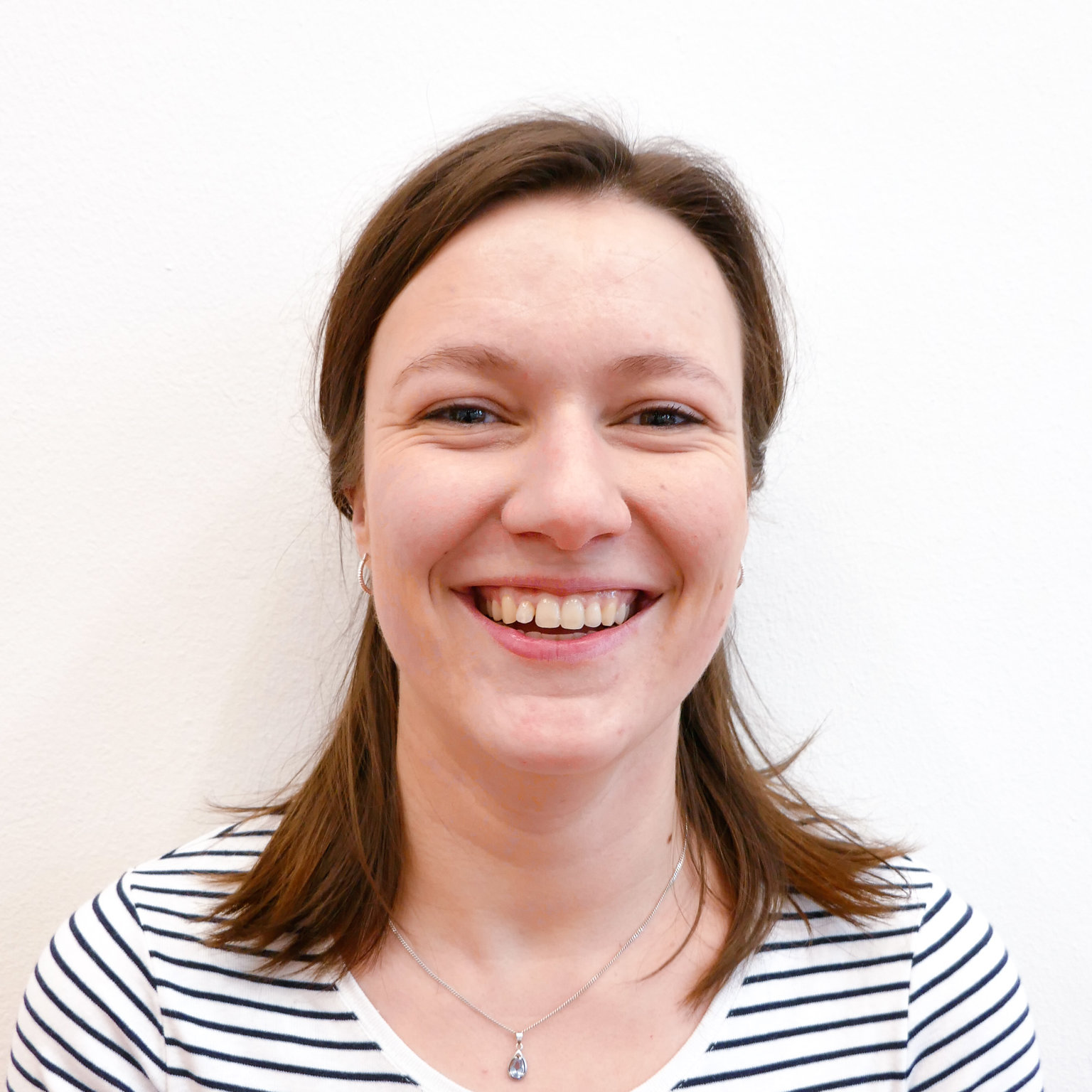Vera Stevers

Name: Vera Stevers, Dutch
Bachelor: Architecture, Urbanism and Building Sciences at Delft University of Technology
Geomatics in the Built Environment is unique because it focuses on processing data.
After my bachelor in Architecture, Urbanism and Building Sciences I wanted to do something more technical. I did a specialisation in urban management and sustainability. Although I liked it, it didn’t challenge me enough. Furthermore, I wanted to learn how to programme and use GIS software. In the architectural field GIS software skills are wanted and I was interested in it as well. Starting Geomatics in the Built Environment coming from a bachelor without in-depth mathematics, geography or programming was a challenge, but Geomatics is incredibly interesting and useful in urban management. This really motivated me to put in the effort to make it work.
Geomatics in the Built Environment is unique because it focuses on processing data. You combine both geographies with computer science to analyse, for example, how the atmosphere interacts with a building. Or you can model how an urban area will deal with wind, wet, dry and hot periods. I imagine Geomatics to be the connection between the architect and the engineer who are both needed for the same project.
Within Geomatics there is a strong social bond between students. If you are absent for a few days, friends will check on you. You cooperate a lot in assignments which allowed us to learn from each other.
With a bachelor’s degree in Architecture, Urbanism and Building Sciences it won’t be easy to do Geomatics, but if you want a more technical master and you are eager to learn how to model cities and landscapes, it is doable. I would recommend gaining some experience in programming and linear algebra before you start the Geomatics programme. After my master's I would like to work for municipalities to use my knowledge for urban design and sustainability.